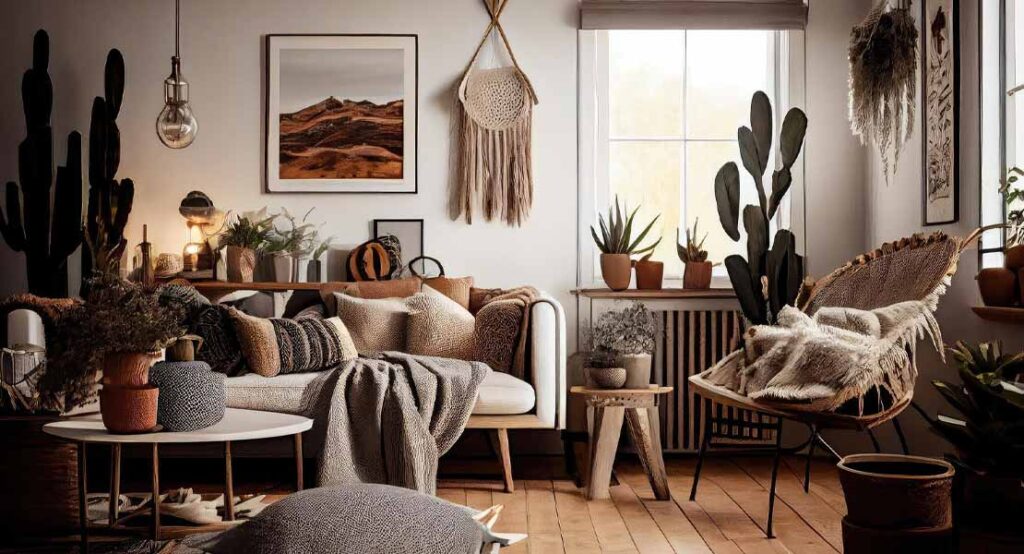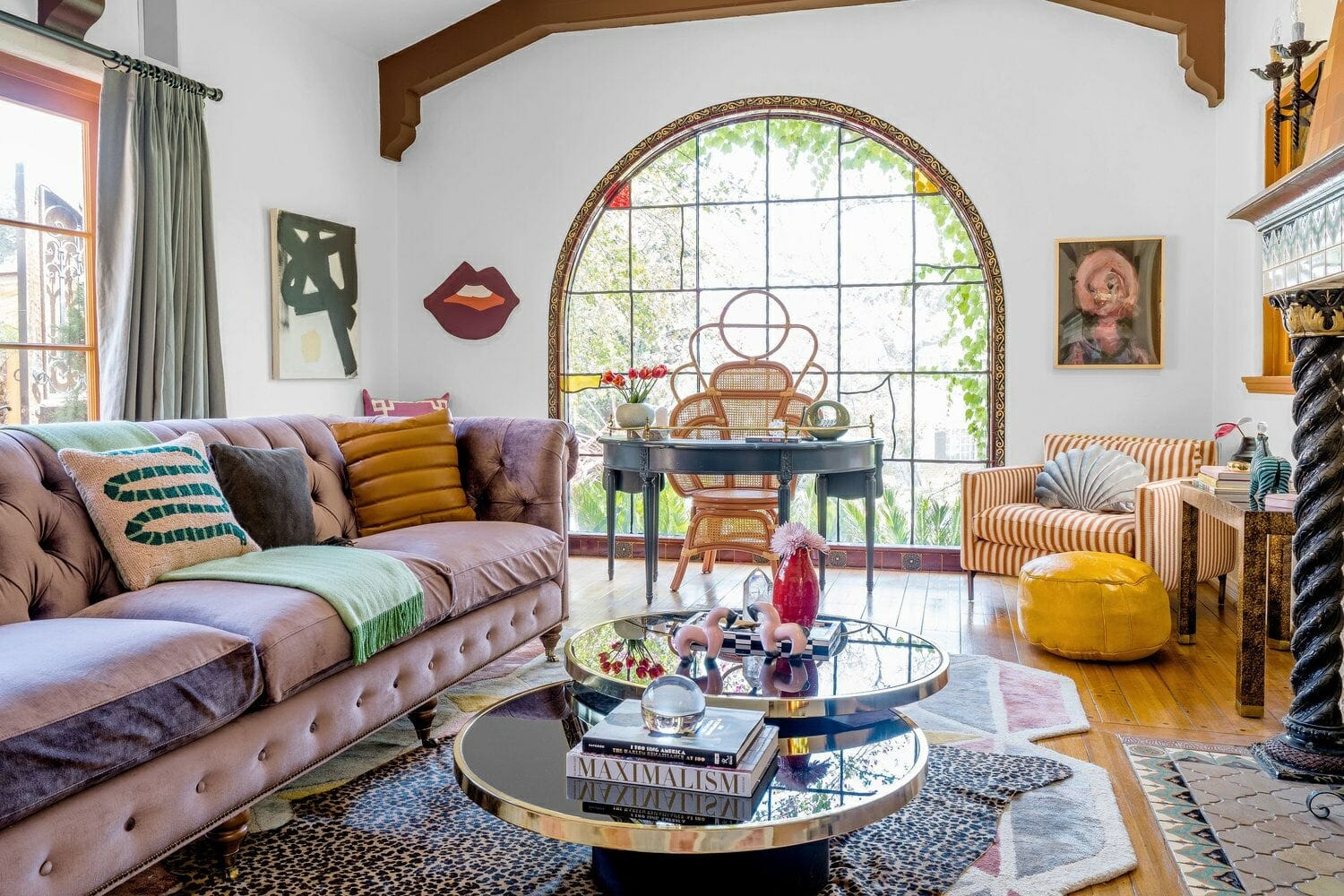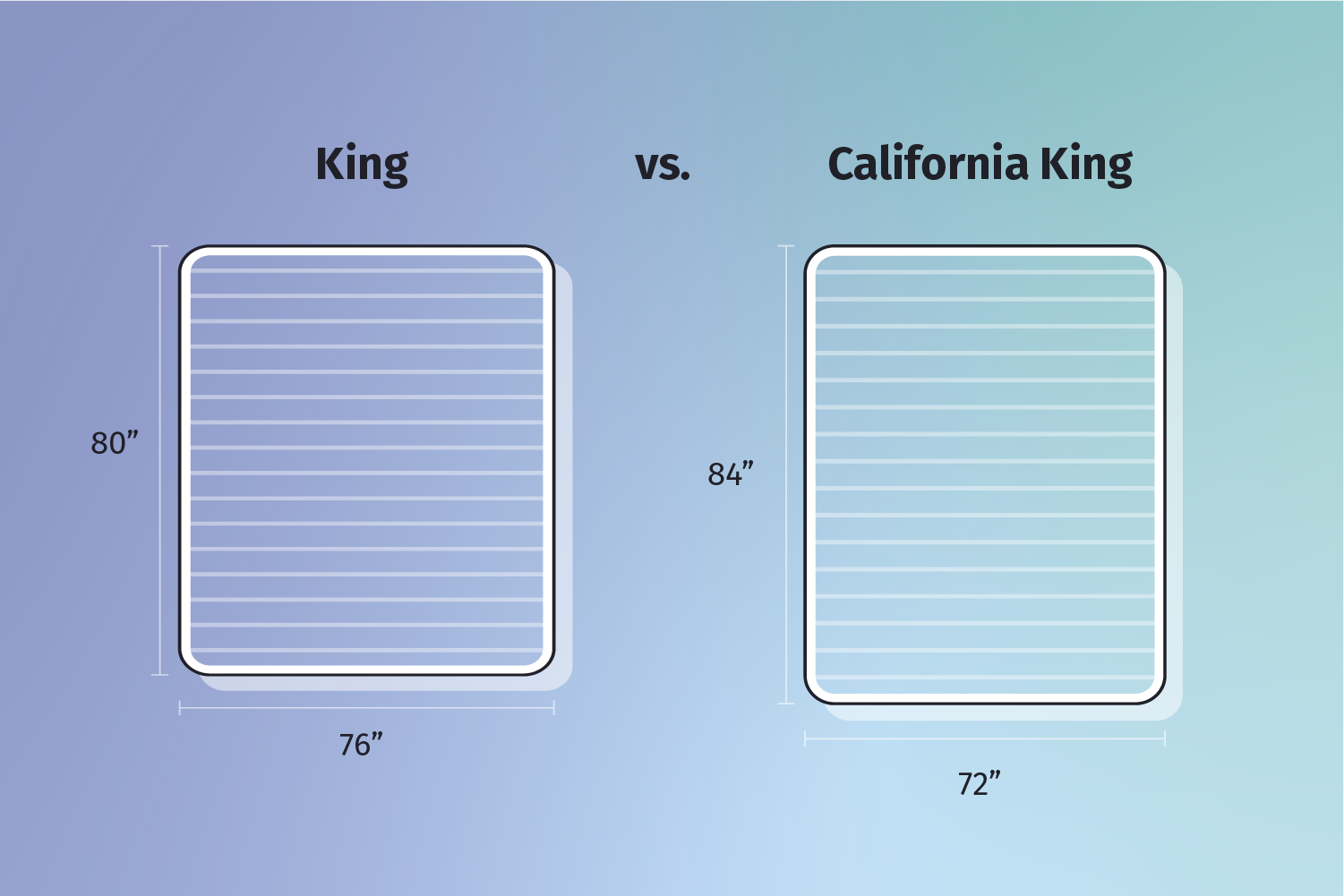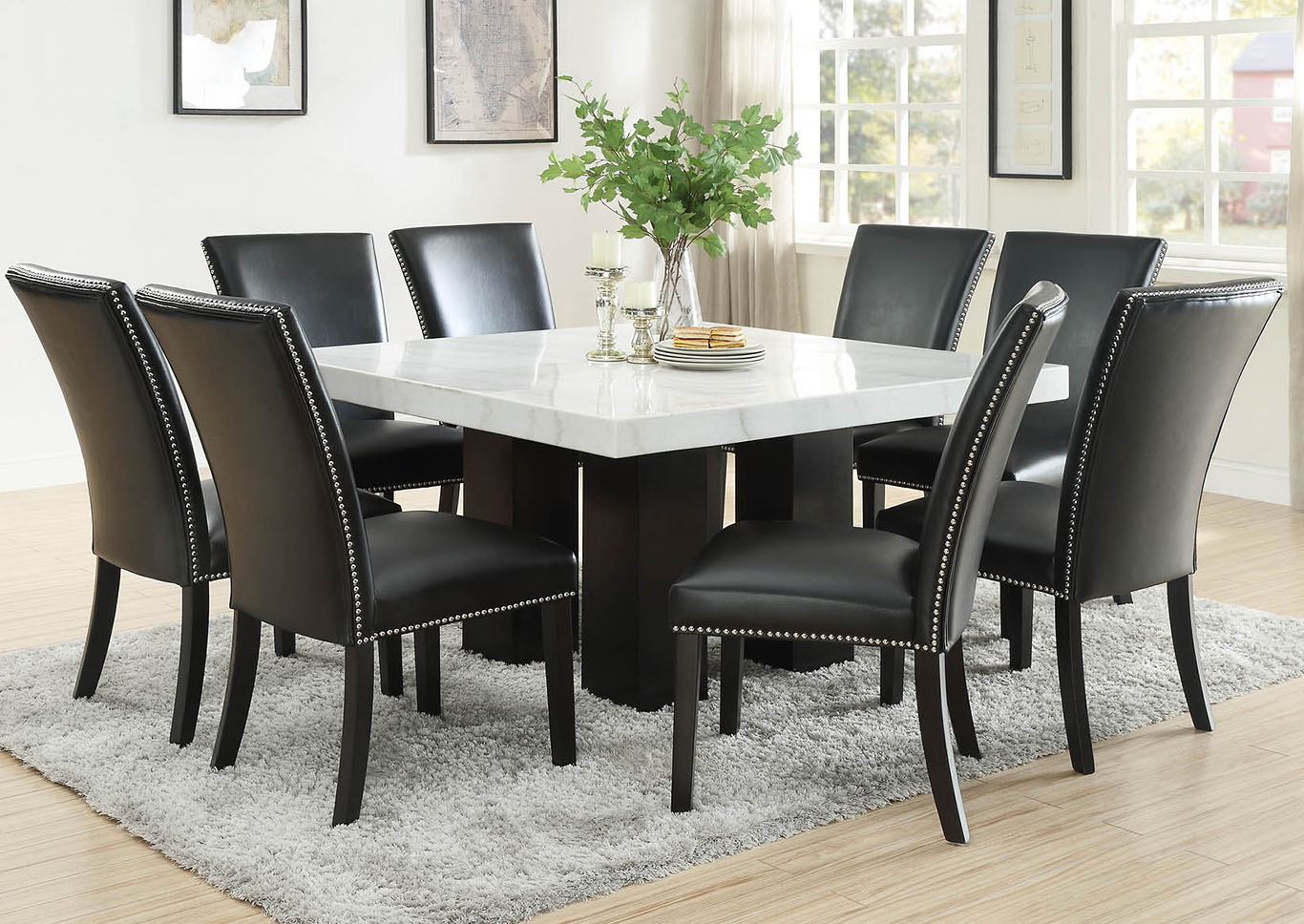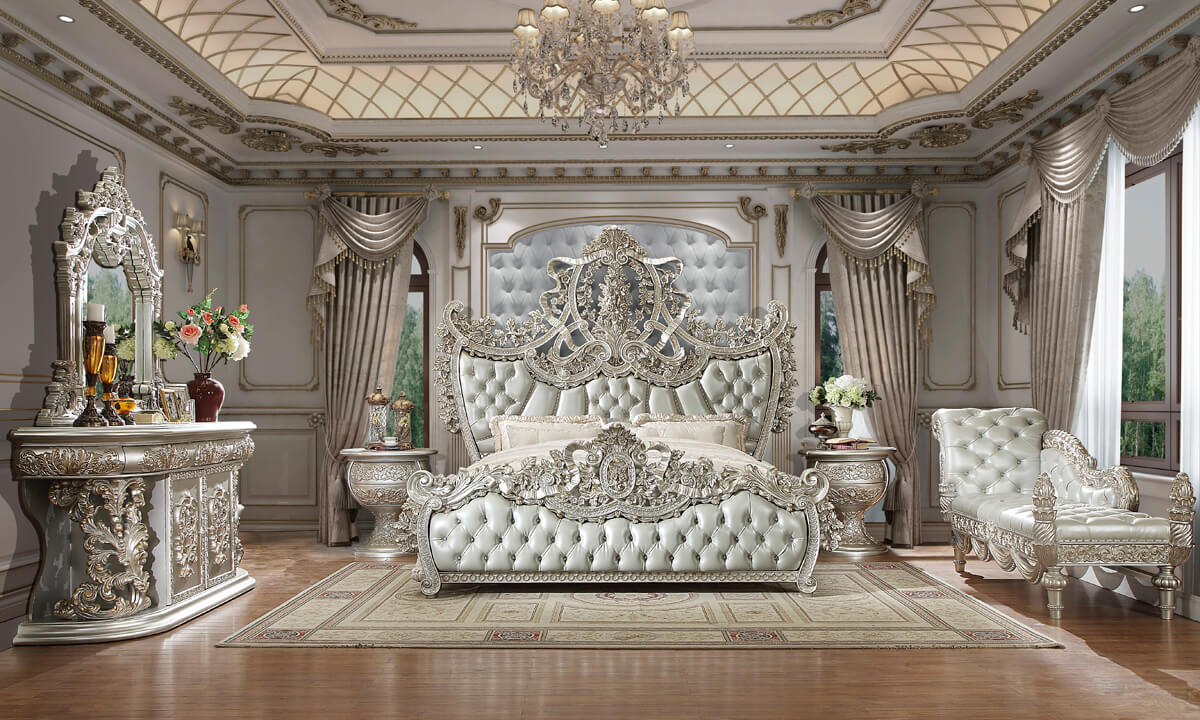Creating a well-designed living room that reflects your personal style can be a daunting task. One way to add interest and personality to your space is by incorporating different patterns into your decor. But with so many patterns and styles to choose from, it can be overwhelming to know where to start. That's where pattern mixing comes in. By combining different patterns in a thoughtful and intentional way, you can create a unique and cohesive look for your living room. Here are ten tips and tricks for successfully mixing patterns in your living room.Pattern Mixing in a Living Room: Tips and Tricks
When it comes to mixing patterns in your living room, there are a few key things to keep in mind. First, choose a color scheme and stick to it. This will help ensure that your patterns work together harmoniously. Next, vary the scale of your patterns - mix large-scale patterns with smaller ones to add visual interest. You should also consider the style of your space - do you want a more traditional or modern look? Mixing patterns can work with any style, but it's essential to keep your overall design aesthetic in mind.How to Mix Patterns in Your Living Room Decor
One of the keys to successfully mixing patterns is to create a cohesive look. This means that your patterns should complement each other and work together to create a unified design. Start by choosing a dominant pattern, such as a large floral or geometric print, and then mix in smaller patterns in complementary colors. You can also mix patterns by using different textures, such as a woven rug paired with a smooth velvet sofa.Creating a Cohesive Look: Mixing Patterns in Your Living Room
When it comes to mixing patterns, there are a few dos and don'ts to keep in mind. Do mix patterns of different scales and styles, and do stick to a color scheme. Don't mix too many bold, busy patterns - it can be overwhelming to the eye. Also, avoid mixing patterns that are too similar - they will compete with each other rather than complementing each other. And most importantly, trust your instincts and have fun with it!The Dos and Don'ts of Mixing Patterns in a Living Room
If you have a small living room, you may think that mixing patterns is out of the question. However, that's not the case. In fact, mixing patterns can help make a small space feel more visually interesting and spacious. The key is to use patterns sparingly and stick to a neutral color scheme. You can also mix patterns in small doses, such as with throw pillows or an accent chair, to add interest without overwhelming the space.Mixing Patterns in a Small Living Room: Maximizing Space and Style
For those who love a bold and daring look, incorporating bold patterns into your living room can be a fun and exciting challenge. One way to mix bold patterns is to choose one focal point, such as a large patterned rug, and then mix in smaller patterns in complementary colors. You can also mix and match patterns with similar colors but different textures, such as a bold floral print with a more subdued plaid or stripe.Incorporating Bold Patterns in Your Living Room: A Guide to Mixing and Matching
If you prefer a more neutral color palette in your living room, mixing patterns is an excellent way to add interest and texture to your space. Start with a neutral base, such as a beige sofa, and then mix in patterns in different shades of the same color, such as a light and dark grey. You can also add in a pop of color with a patterned throw pillow or blanket.Mixing Patterns in a Neutral Living Room: Adding Interest and Texture
If you love color, mixing patterns in your living room is the perfect way to showcase your vibrant personality. The key to successfully mixing patterns and colors is to choose a dominant color and then incorporate patterns in complementary colors. You can also mix patterns in different shades of the same color, such as a light and dark blue. And don't be afraid to mix and match different prints, such as stripes and florals.Creating a Colorful Living Room: How to Mix Patterns and Colors
For those with a more traditional living room, mixing patterns can add a modern twist to your space. Start with a classic pattern, such as a plaid or damask, and then mix in more modern patterns, like a geometric or abstract print. You can also mix in different textures, such as a smooth leather sofa paired with a cozy knit throw.Mixing Patterns in a Traditional Living Room: Adding a Modern Twist
If you have a bohemian or eclectic style, you may already be a pro at mixing patterns. But for those who are new to this style, it's all about embracing the mix-and-match aesthetic. Don't be afraid to mix bold colors and patterns, such as a bright floral print with a geometric print. And don't worry about everything matching perfectly - the key is to have fun and create a unique and personalized space. In conclusion, mixing patterns in your living room can add interest, personality, and style to your space. Whether you prefer a more traditional or modern look, there are endless possibilities for combining different patterns and creating a cohesive and unique design. So go ahead and experiment with different patterns and colors - you never know what beautiful and unexpected combinations you may discover!Mixing Patterns in a Bohemian Living Room: Embracing Eclectic Style
Mixing Patterns In A Living Room

Creating a Unique and Inviting Space
 When it comes to designing a living room, one of the easiest ways to add personality and interest to the space is by mixing patterns. This design technique allows you to combine different colors, textures, and styles to create a unique and inviting atmosphere. However, mixing patterns can also be a daunting task as it requires careful consideration and balance. In this article, we will explore the best ways to mix patterns in a living room to achieve a cohesive and stylish look.
When it comes to designing a living room, one of the easiest ways to add personality and interest to the space is by mixing patterns. This design technique allows you to combine different colors, textures, and styles to create a unique and inviting atmosphere. However, mixing patterns can also be a daunting task as it requires careful consideration and balance. In this article, we will explore the best ways to mix patterns in a living room to achieve a cohesive and stylish look.
Start with a Neutral Base
 Before diving into mixing patterns, it is essential to start with a neutral base. This will serve as the foundation for your design and give you a clean canvas to work with. Choose a neutral color for your walls, such as white, beige, or gray, and use it as a backdrop for your patterns. This will help prevent the room from feeling overwhelming and allow the patterns to stand out.
Pro Tip:
When choosing your neutral base, opt for a solid color rather than a patterned wallpaper. This will make it easier to layer different patterns without them clashing.
Before diving into mixing patterns, it is essential to start with a neutral base. This will serve as the foundation for your design and give you a clean canvas to work with. Choose a neutral color for your walls, such as white, beige, or gray, and use it as a backdrop for your patterns. This will help prevent the room from feeling overwhelming and allow the patterns to stand out.
Pro Tip:
When choosing your neutral base, opt for a solid color rather than a patterned wallpaper. This will make it easier to layer different patterns without them clashing.
Choose a Dominant Pattern
 The key to successful pattern mixing is to have a dominant pattern that serves as the focal point of the room. This could be a bold and colorful pattern, such as a floral or geometric design, or a more subtle pattern, like stripes or polka dots. The dominant pattern will set the tone for the rest of the room and dictate the color scheme.
Pro Tip:
If you are unsure which pattern to choose as the dominant one, look for inspiration in your existing decor. For example, if you have a statement piece of furniture, use the pattern on that as your starting point.
The key to successful pattern mixing is to have a dominant pattern that serves as the focal point of the room. This could be a bold and colorful pattern, such as a floral or geometric design, or a more subtle pattern, like stripes or polka dots. The dominant pattern will set the tone for the rest of the room and dictate the color scheme.
Pro Tip:
If you are unsure which pattern to choose as the dominant one, look for inspiration in your existing decor. For example, if you have a statement piece of furniture, use the pattern on that as your starting point.
Play with Scale and Proportion
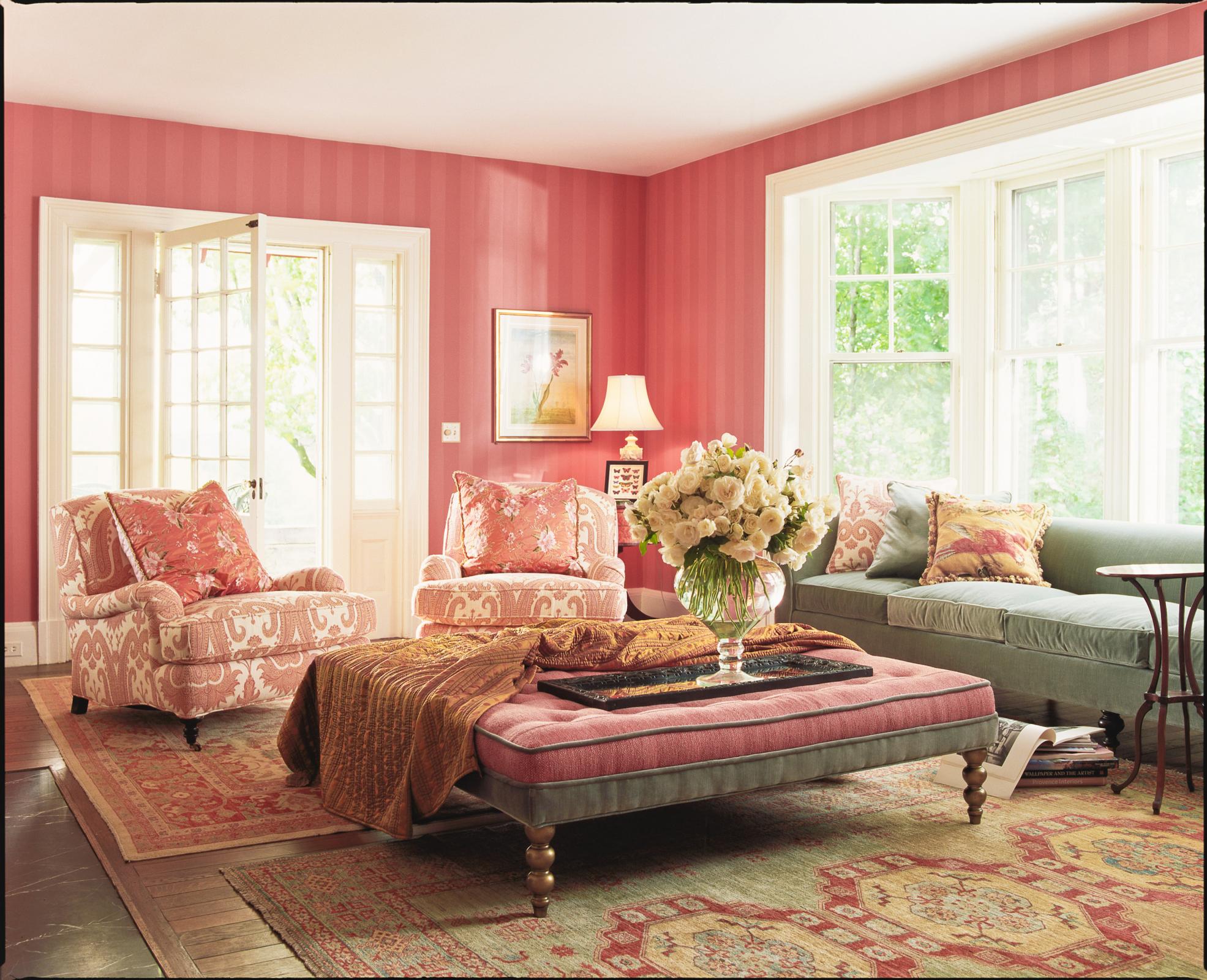 When mixing patterns, it is crucial to consider the scale and proportion of each pattern. A good rule of thumb is to have a mix of small, medium, and large-scale patterns. This will prevent the patterns from competing with each other and create a harmonious balance. For example, if you have a large floral pattern as your dominant one, pair it with a smaller geometric or striped pattern.
Pro Tip:
Don't be afraid to mix different types of patterns, such as florals and stripes or polka dots and plaid. As long as they vary in scale and proportion, they can work together to create a visually appealing space.
When mixing patterns, it is crucial to consider the scale and proportion of each pattern. A good rule of thumb is to have a mix of small, medium, and large-scale patterns. This will prevent the patterns from competing with each other and create a harmonious balance. For example, if you have a large floral pattern as your dominant one, pair it with a smaller geometric or striped pattern.
Pro Tip:
Don't be afraid to mix different types of patterns, such as florals and stripes or polka dots and plaid. As long as they vary in scale and proportion, they can work together to create a visually appealing space.
Stick to a Color Palette
 To ensure that your mixed patterns look cohesive, it is essential to stick to a color palette. This doesn't mean that all the patterns have to be the same color, but rather that they complement each other. Choose a few colors that appear in your dominant pattern and use them as accents in the other patterns. This will tie the different patterns together and create a sense of unity in the room.
Pro Tip:
If you are feeling adventurous, you can also mix patterns in different color schemes, such as warm and cool tones. Just make sure to keep the color palette consistent throughout the room.
To ensure that your mixed patterns look cohesive, it is essential to stick to a color palette. This doesn't mean that all the patterns have to be the same color, but rather that they complement each other. Choose a few colors that appear in your dominant pattern and use them as accents in the other patterns. This will tie the different patterns together and create a sense of unity in the room.
Pro Tip:
If you are feeling adventurous, you can also mix patterns in different color schemes, such as warm and cool tones. Just make sure to keep the color palette consistent throughout the room.
Incorporate Texture
 Mixing patterns doesn't only have to be about different prints and colors; you can also incorporate texture into your design. This will add depth and interest to the room. Consider using a variety of textures, such as a plush rug, a woven throw, and velvet pillows, to create a layered and inviting space.
Pro Tip:
Don't be afraid to mix different textures, such as smooth and rough or shiny and matte. This will add dimension to your design.
Mixing patterns doesn't only have to be about different prints and colors; you can also incorporate texture into your design. This will add depth and interest to the room. Consider using a variety of textures, such as a plush rug, a woven throw, and velvet pillows, to create a layered and inviting space.
Pro Tip:
Don't be afraid to mix different textures, such as smooth and rough or shiny and matte. This will add dimension to your design.
Final Thoughts
 Mixing patterns in a living room can be a fun and creative way to elevate your space. By starting with a neutral base, choosing a dominant pattern, playing with scale and proportion, sticking to a color palette, and incorporating texture, you can create a harmonious and visually appealing design. So go ahead and mix it up to make your living room truly unique and inviting.
Mixing patterns in a living room can be a fun and creative way to elevate your space. By starting with a neutral base, choosing a dominant pattern, playing with scale and proportion, sticking to a color palette, and incorporating texture, you can create a harmonious and visually appealing design. So go ahead and mix it up to make your living room truly unique and inviting.









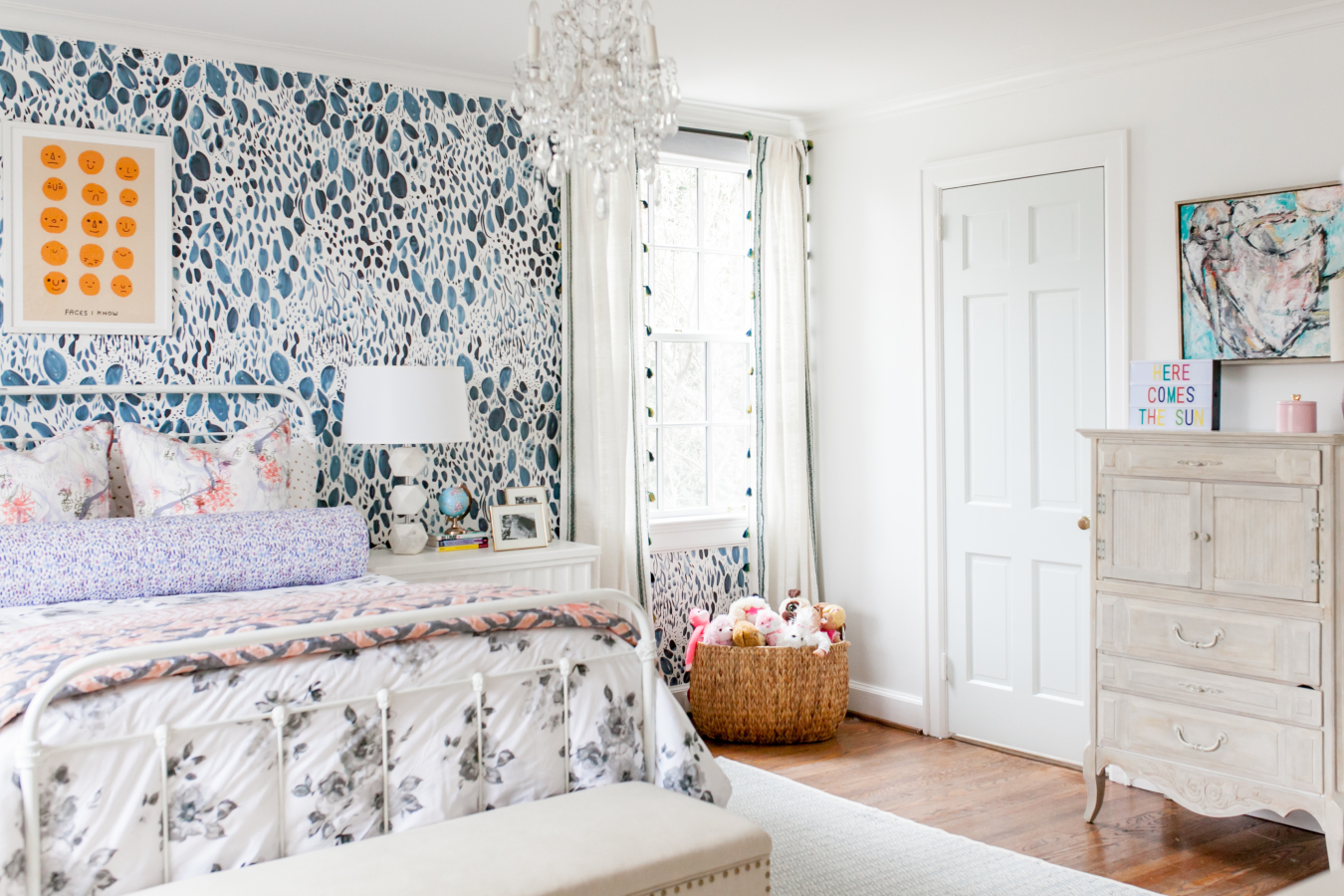










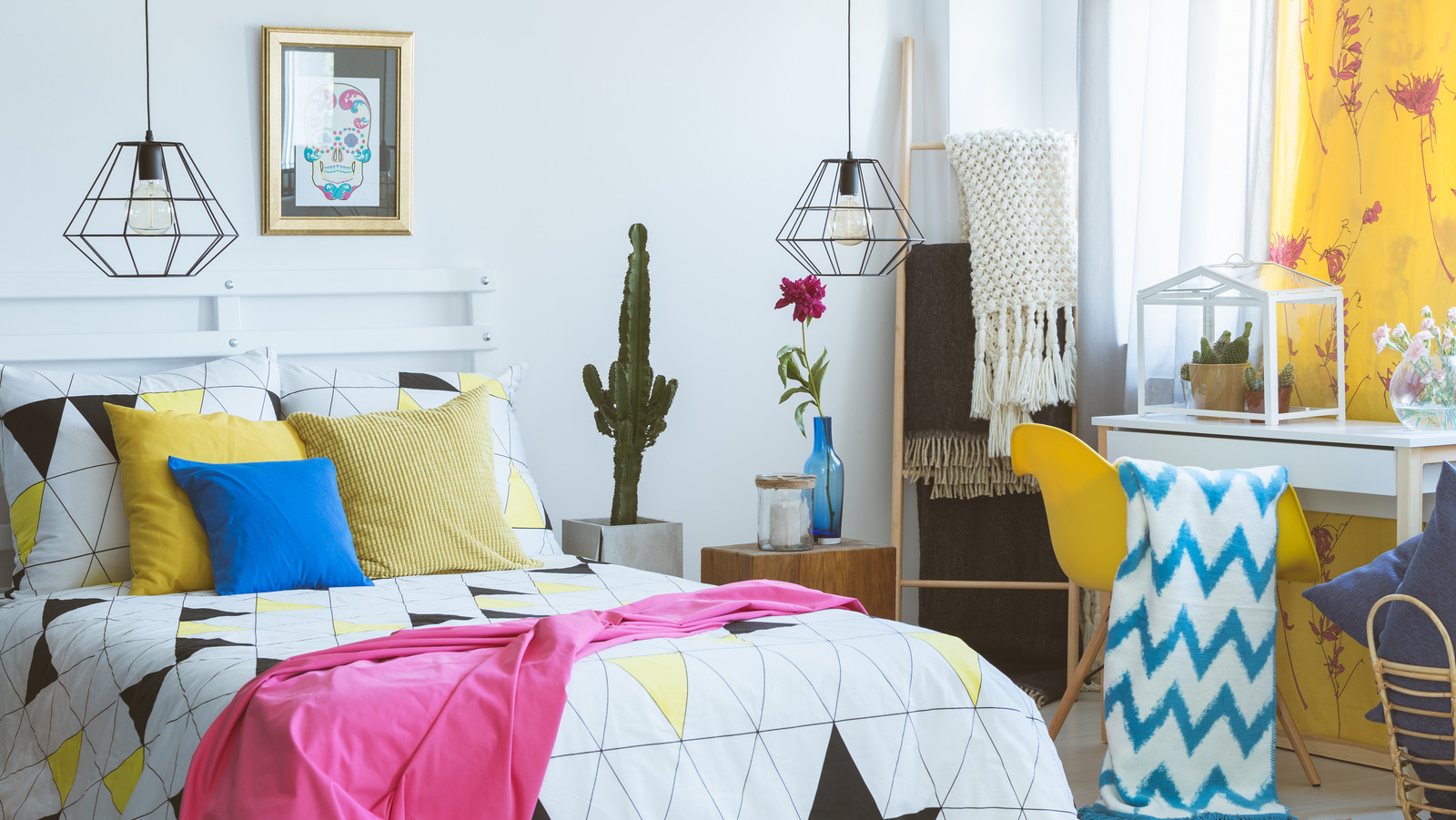

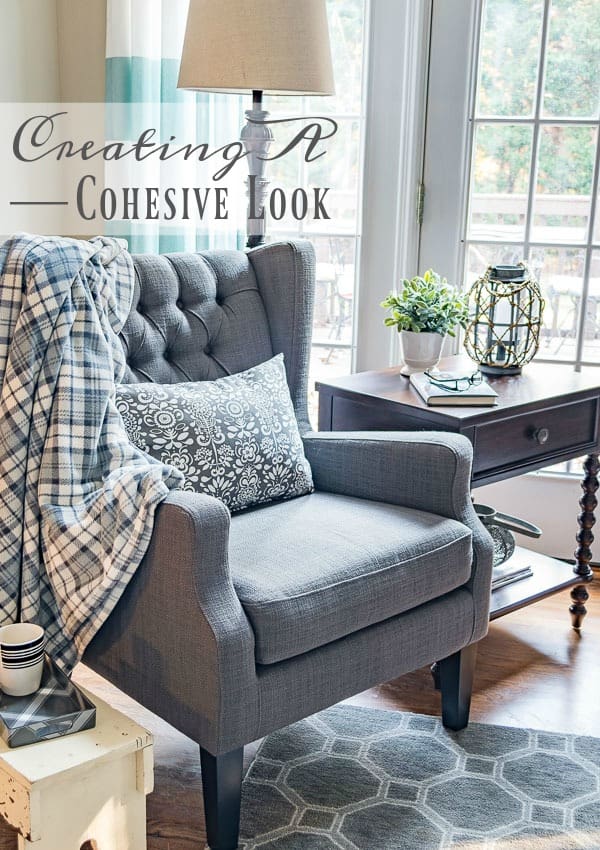









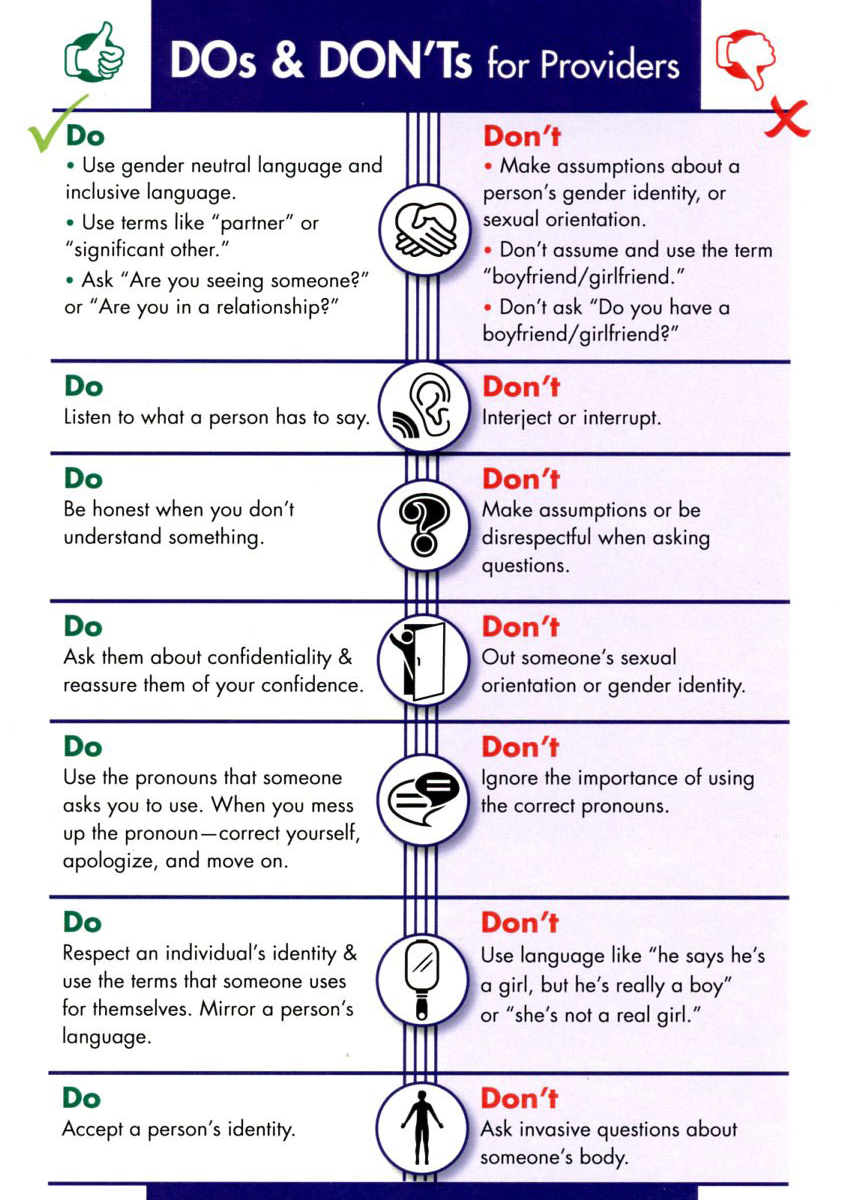











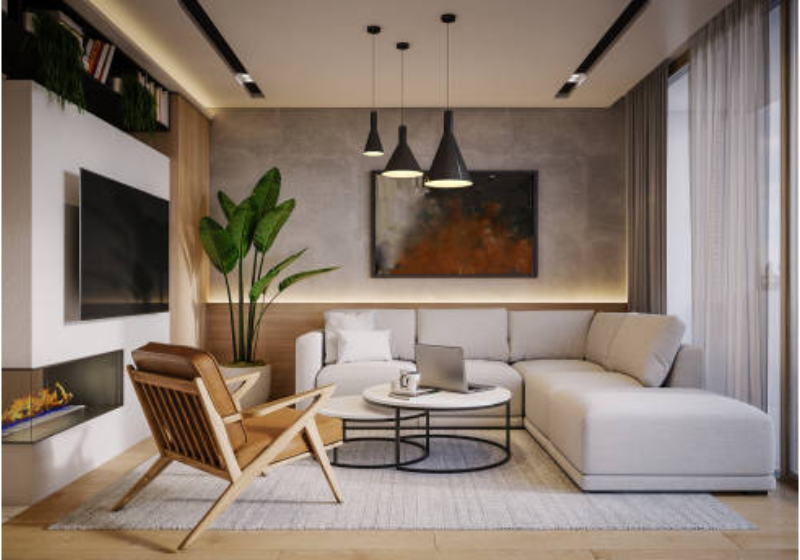





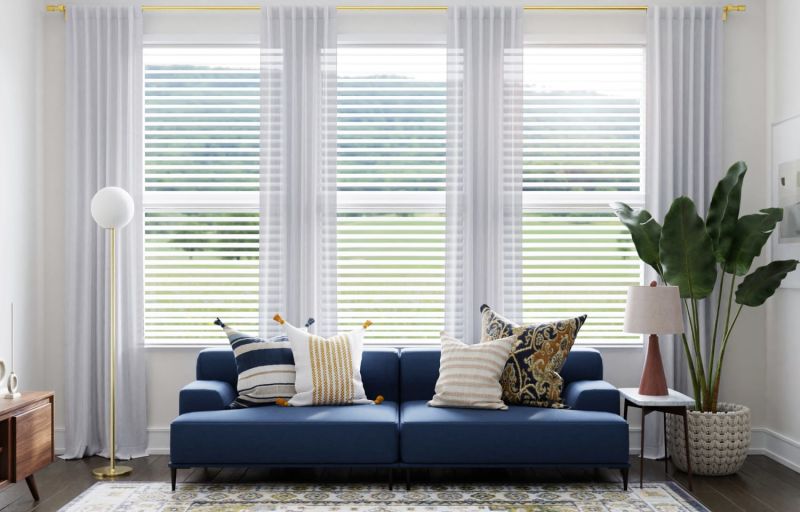

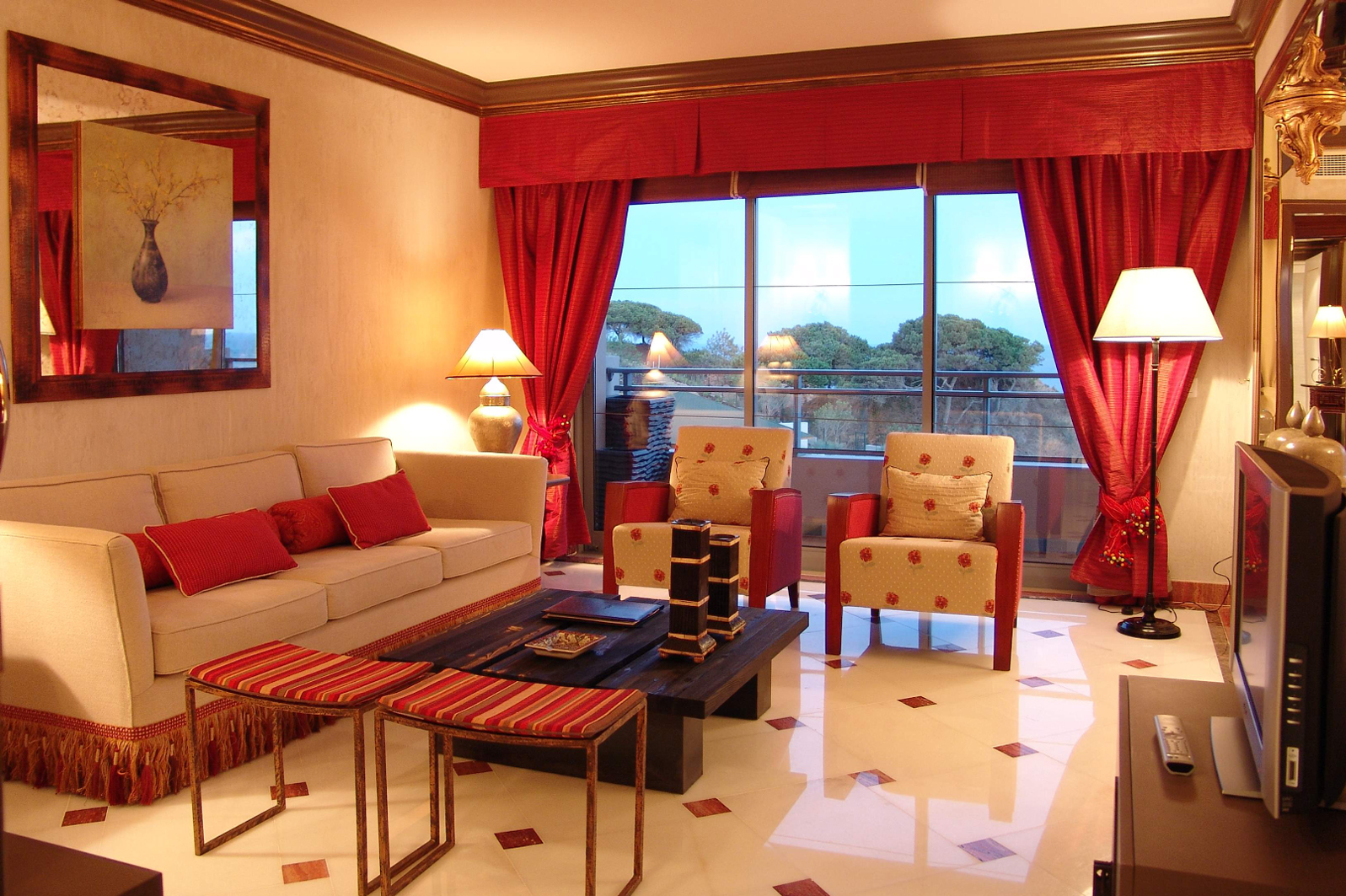




















:max_bytes(150000):strip_icc()/Colorful-Living-Room-by-Taylor-Taylor-58badc573df78c353c56d201.png)

:max_bytes(150000):strip_icc()/Black-Lacquer-Design-Living-Room-Colorful-Inspiration-3d79dd74d2bb45778d5796edc059824a.jpeg)






:max_bytes(150000):strip_icc()/mixing-antique-accessories-into-modern-decor-1976754-hero-070dea6d92104007aa7519130e8426c1.jpg)



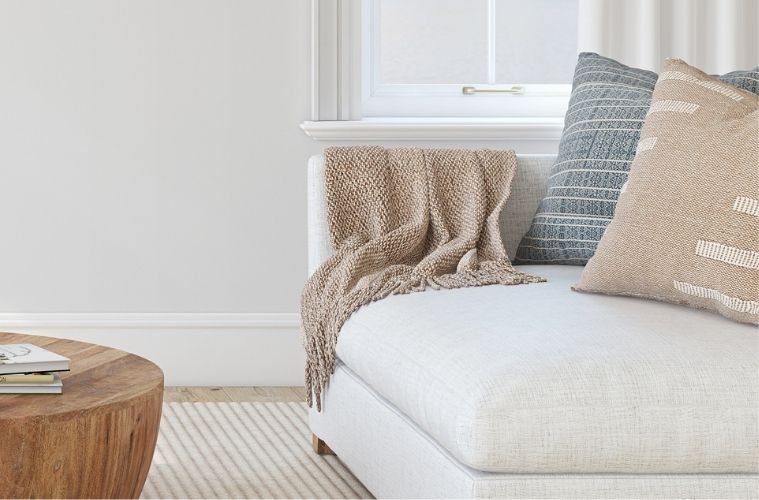




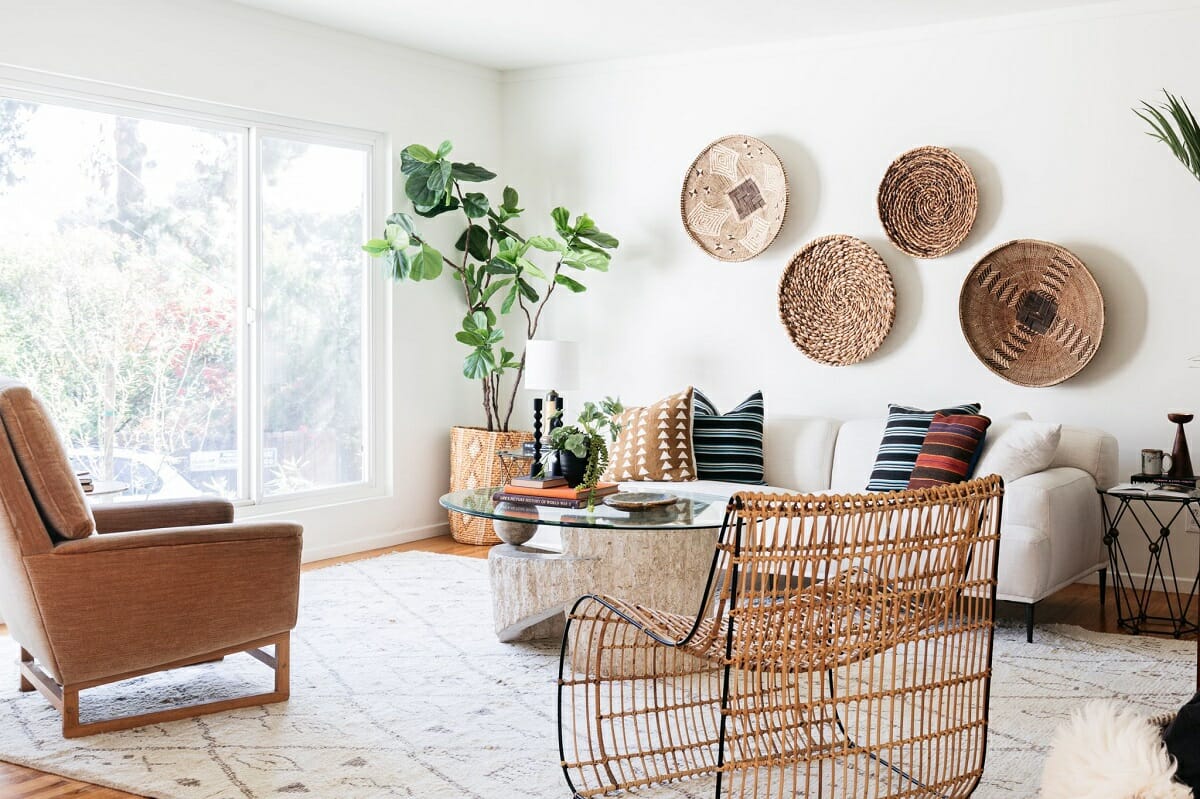
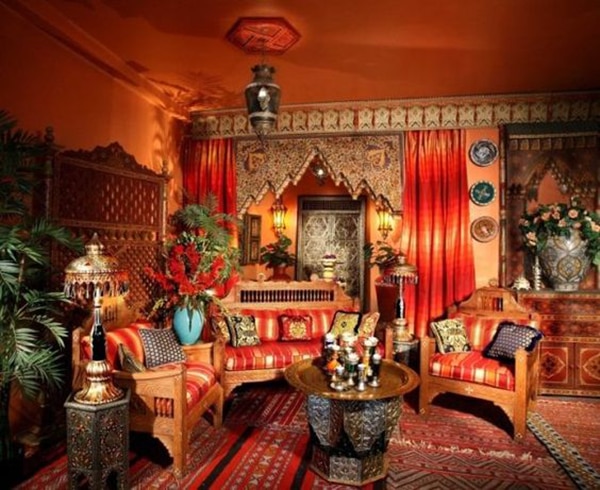

:max_bytes(150000):strip_icc()/ScreenShot2021-03-31at10.01.23AM-cac45bb0e5874da7a554dedb4c25fdf7.png)
